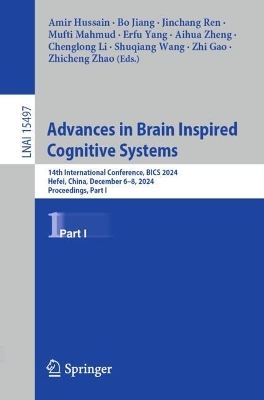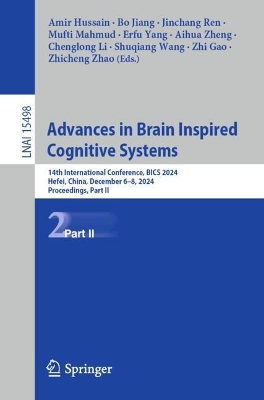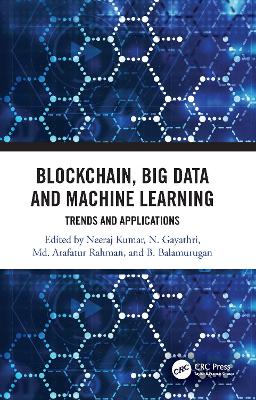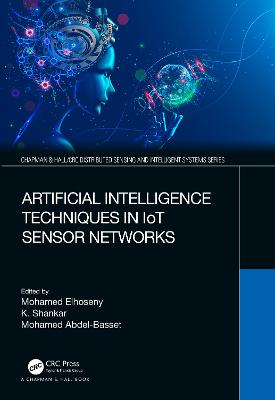Python for Engineers and Scientists
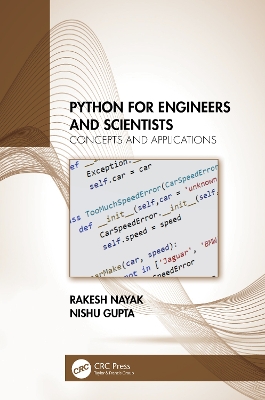 portes grátis
portes grátis
Python for Engineers and Scientists
Concepts and Applications
Gupta, Nishu; Nayak, Rakesh
Taylor & Francis Ltd
12/2024
430
Mole
9781032112596
15 a 20 dias


